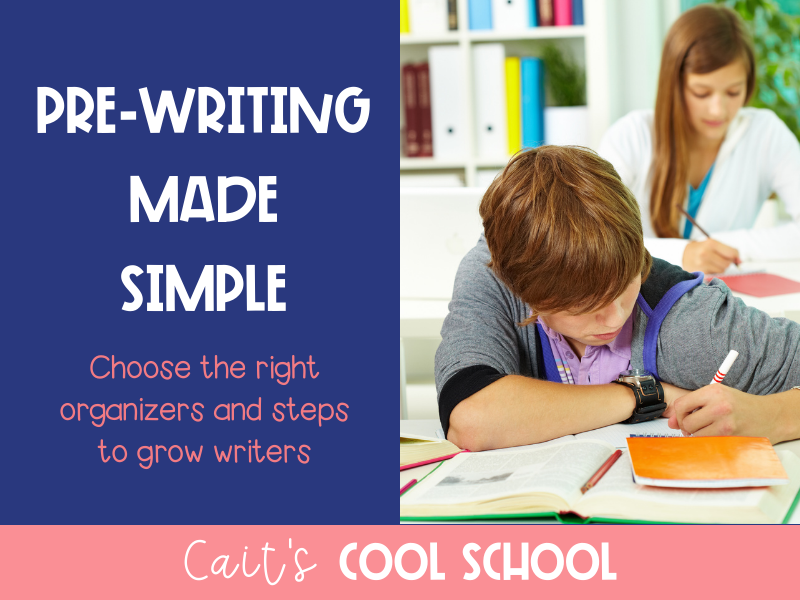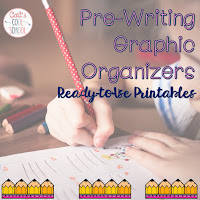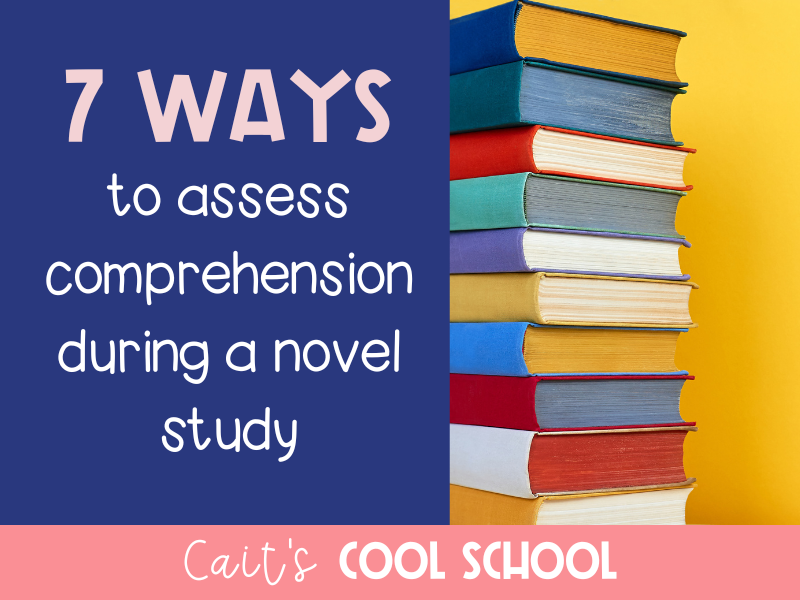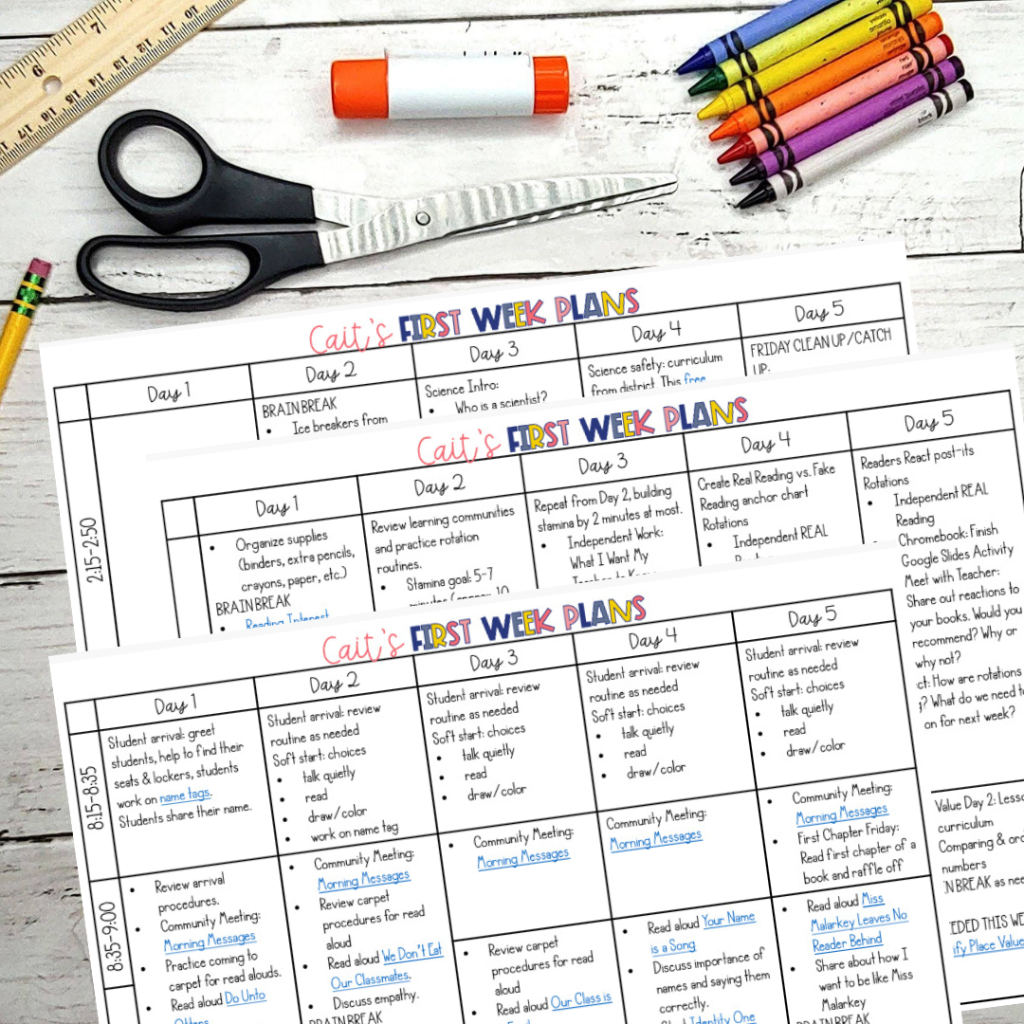Last time we talked about getting kids excited about writing and having them engaged, but now that you’ve sold them on writing, what’s next? Pre-writing strategies
Pre-writing comes in so many different forms, and it’s a crucial step in the writing process. But how do you get kids started?

Your pre-writing lessons could depend on what you want your final piece to look like, but often, I find it’s good practice to simply remind kids what they know. Because all of the things that they already know are their potential writing topics!
1. Schema Activator: I love love love teaching my students the word “schema,” and they think it sounds pretty cool too. I have a worksheet with a HUGE light bulb on it that acts as our schema activator. I give them two minutes to write everything that they already know about. Then, everyone stands up behind their chairs and we toss around our talking ball to share at least one thing we know. Once everyone has had a turn, the class has another minute or two to write down ideas they heard that they could piggyback on. The schema activator is now a tool we can keep in our writing folder and pull out whenever we need a new idea. I especially like to use it for journals or poetry writing.
2. Plot Planner: For narratives, it’s important to have a plot planner, where students can write out their problem, solution, beginning, middle, and end. Having this organizer look like a story map reminds students that they are writing a *real* story. It also helps them see how you have to get from point A to point B.
3. Break It Down: Some types of writing follows a very specific format, like certain types of poetry. If you’re expecting students to write a haiku, then they need to know about syllables and how to count them and how to separate lines. A diamante has specific parts of speech for each line and a different number of words on each line. Using an organizer that has line by line instructions can be very helpful.
4. Alphaboxes: These are a great resource for students to collect all types of vocabulary throughout the year! Often, I use these for adjectives or character traits, and then we can break them out for alliteration writing or acrostic poetry. They’re helpful because you can find a word that begins with a specific letter or you can try to vary the words in writing. This is another piece that we keep in our writing folder all year and add to it regularly!
Want to try some of these?
Click here for a with a few of my favorite pre-writing activities.
What is your favorite type of organizer to use to get students thinking??
So now the kids are interested…they’ve filled out their organizers and are writing…what’s next?? The big edit and conferences! Click here for Part 3: Writing Conferences.
Need some ready-to-go writing units? Check out my print & digital units in my TpT store here. They come complete with unit plans (engagement ideas!), graphic organizers, peer editing tools, and more.







 The first FIVE days of lesson plans for the beginning of the year.
The first FIVE days of lesson plans for the beginning of the year.